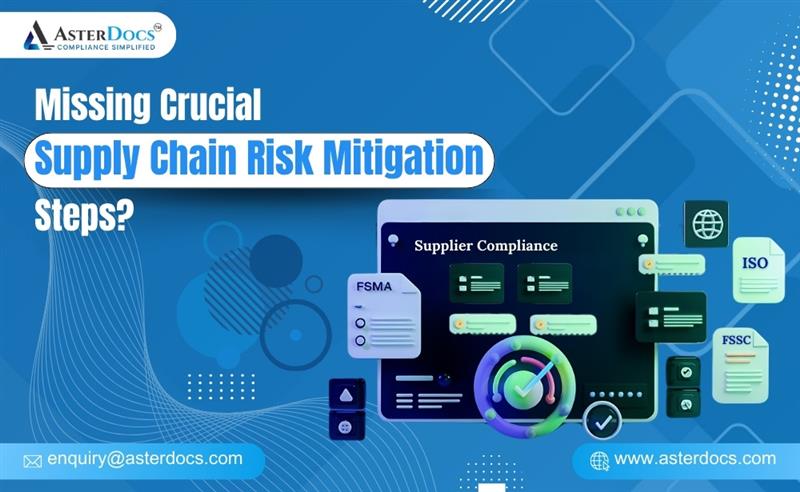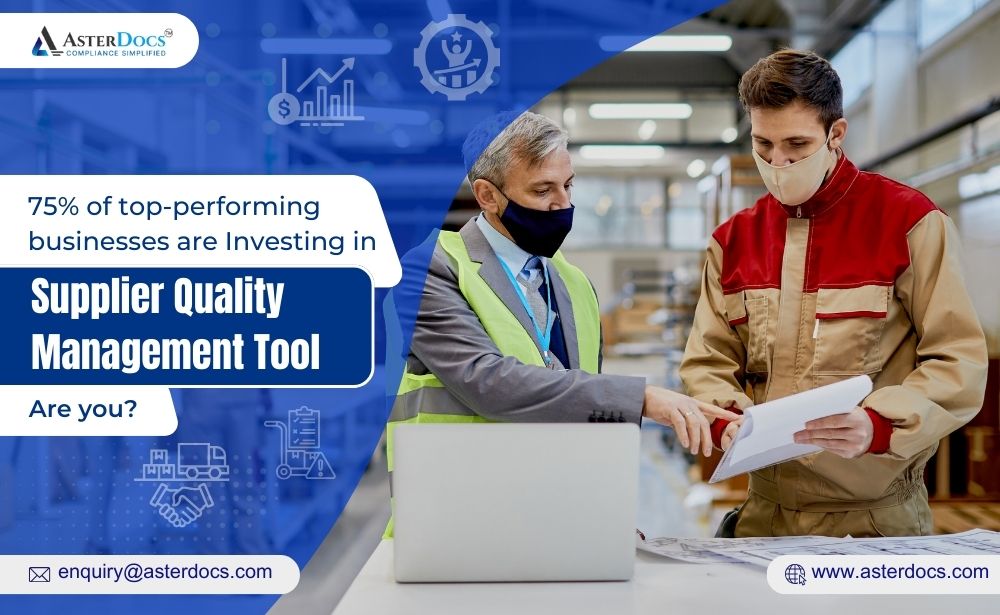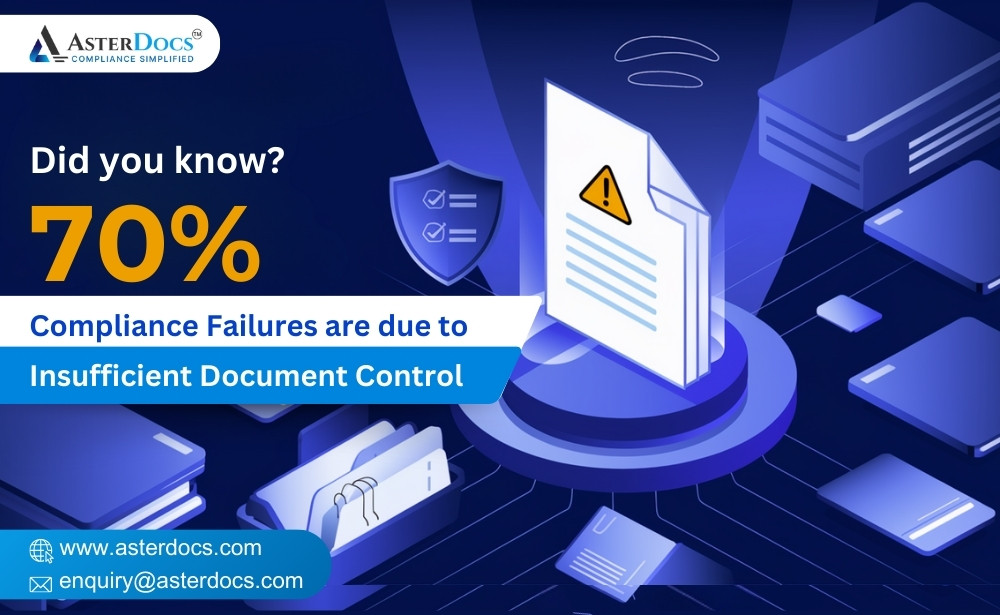Managing a resilient supply chain in heavily regulated industries is no easy feat. When compliance is tied closely to supply chain practices, such as in food safety and nutraceuticals, the stakes are even higher. FSMA compliance is not just about following rules—it’s about securing a proactive stance on supply chain risk mitigation to maintain safety, reliability, and consistency.
Below, we dive into the top four key risk mitigation steps that could be the difference between a resilient supply chain and one prone to disruptions and compliance pitfalls.
Top 5 Key Supply Chain Risk Mitigation Steps
1. Centralized Documentation for Easy Compliance and Traceability
Document management is a critical part of FSMA compliance, but without centralization, it can become a time-consuming task that leaves room for error. Centralizing documentation for every aspect of your supply chain—from supplier certifications to quality reports—simplifies access and makes compliance much easier to manage.
Why Centralized Documentation is a Must-Have:
- Improves traceability: Centralized records make it easy to track and trace documents, supporting quick responses in the event of a recall.
- Streamlines audit preparation: With documents in one place, preparing for audits becomes straightforward, reducing delays and compliance risks.
- Supports transparency: A central repository allows for easy access and sharing of compliance documents, fostering transparency within the supply chain.
Centralized documentation acts as a safeguard, providing a structured repository that supports both operational efficiency and compliance.
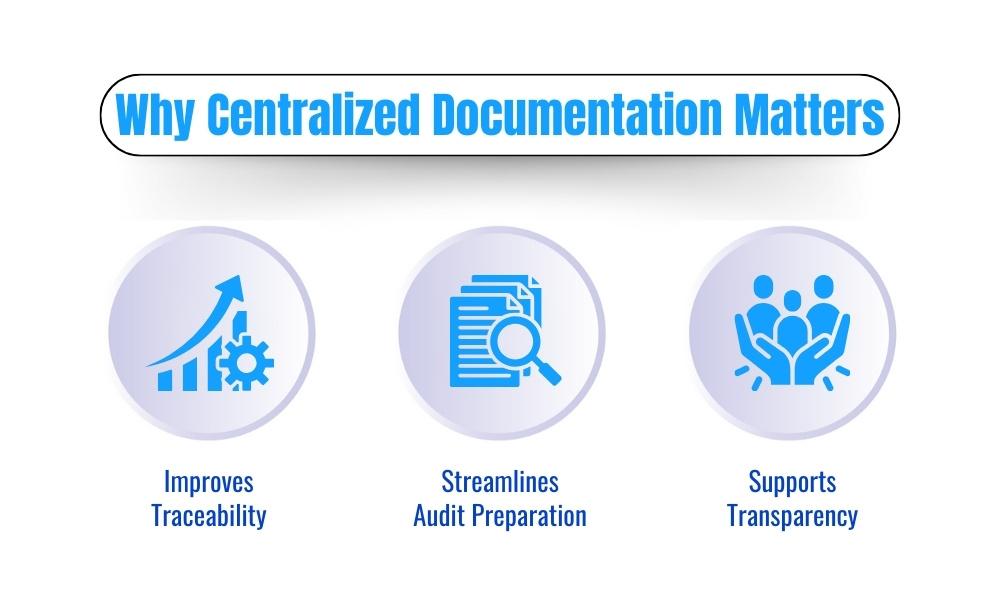
2. Real-Time Data Monitoring: Catch Risks Before They Escalate
In today’s fast-paced supply chain environment, waiting to react to problems is a risk in itself. Real-time data monitoring enables proactive decision-making by providing a continuous overview of supplier performance, quality metrics, and compliance status.
Benefits of Real-Time Monitoring in Risk Mitigation:
- Detects anomalies instantly: Real-time alerts notify you of any irregularities, such as delayed shipments or quality deviations.
- Supports data-driven decision-making: With access to live data, you can make informed decisions faster and adjust plans as needed.
- Improves visibility: Comprehensive monitoring enhances visibility, making it easier to spot weak links in the supply chain and address them proactively.
Real-time monitoring is not just a tool; it’s a strategic advantage that enables businesses to stay agile and responsive to changes in their supply chain landscape.
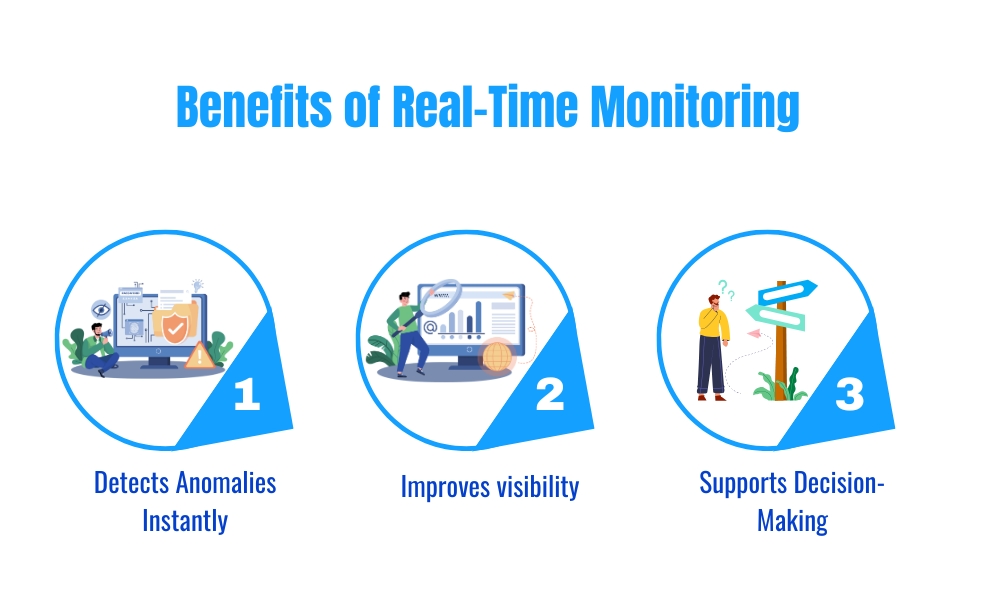
3. Diversified Supplier Base: Reducing Dependency and Enhancing Flexibility
Relying heavily on a single supplier or region for critical materials increases vulnerability. Supplier diversification allows businesses to spread their risk, ensuring that a disruption in one supplier doesn’t destabilize the entire supply chain.
How a Diversified Supplier Base Mitigates Supply Chain Risks:
- Reduces single points of failure: Having multiple suppliers for critical components prevents the supply chain from stalling due to one source.
- Enhances flexibility: A diversified supplier base allows you to adjust quickly when faced with disruptions or unforeseen demand changes.
- Increases bargaining power: With multiple suppliers, businesses gain leverage, encouraging suppliers to maintain high standards to retain contracts.
A diversified supplier strategy strengthens the supply chain by building flexibility and resilience against unexpected events.
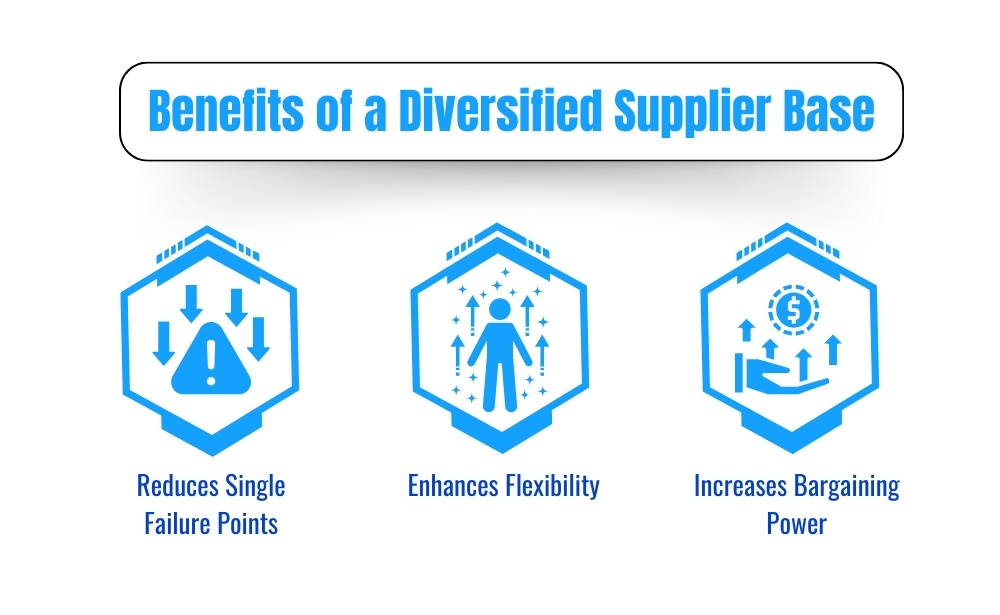
4. Contingency Planning: Preparing for the Unpredictable
Every supply chain should be prepared for unexpected disruptions. A contingency plan outlines how to respond to emergencies, from natural disasters to supplier failures, ensuring that you’re not caught off guard.
Elements of Effective Contingency Planning:
- Risk assessment: Identify potential risks to the supply chain and plan responses for each scenario.
- Communication protocols: Clear communication channels ensure that everyone knows their role in an emergency.
- Recovery strategy: Define a plan for quickly restoring operations, including alternative suppliers, backup facilities, or adjusted logistics routes.
A well-designed contingency plan gives businesses a roadmap to manage disruptions effectively, minimizing downtime and ensuring a smoother recovery.
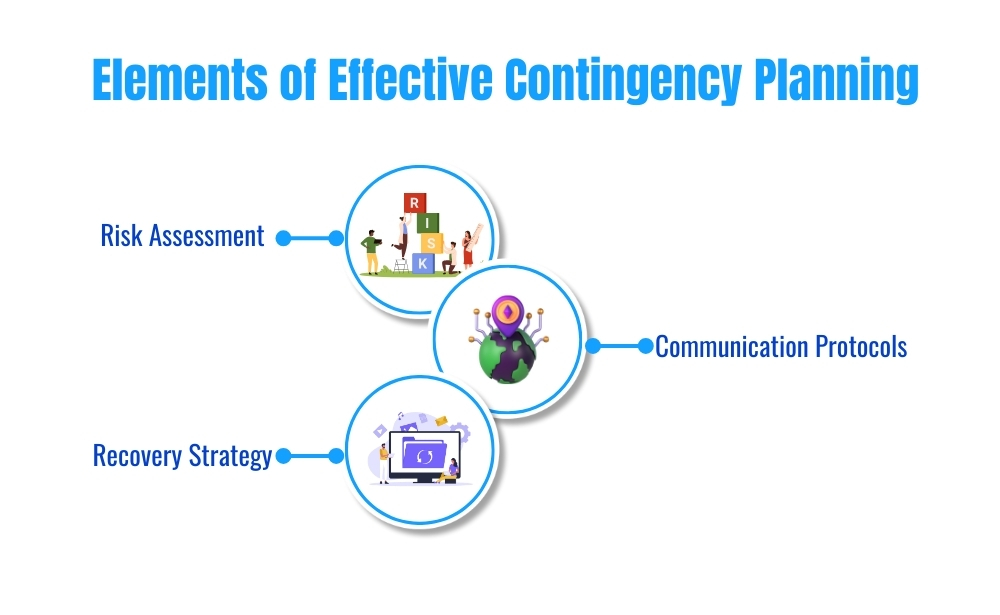
FSMA Compliance: More Than Just a Requirement
For food and nutraceutical industries, FSMA compliance is not only legally required but is also integral to maintaining a trusted and resilient supply chain. Each of the above steps plays a role in upholding FSMA standards, reinforcing the company’s commitment to quality and safety.
Conclusion
In an interconnected and globalized business environment, supply chain resilience isn’t just a strategic advantage; it’s a necessity. By implementing AsterDocs’ comprehensive supplier management, centralized documentation, real-time monitoring, supplier diversification, and thorough contingency planning, businesses can significantly reduce risks and stay compliant with FSMA and other regulatory requirements.
In industries where quality and safety are paramount, a proactive approach to risk mitigation isn’t just good practice—it’s essential for sustainable growth and customer trust. Start by reinforcing these core strategies with AsterDocs to build a resilient supply chain that can withstand any challenge.


